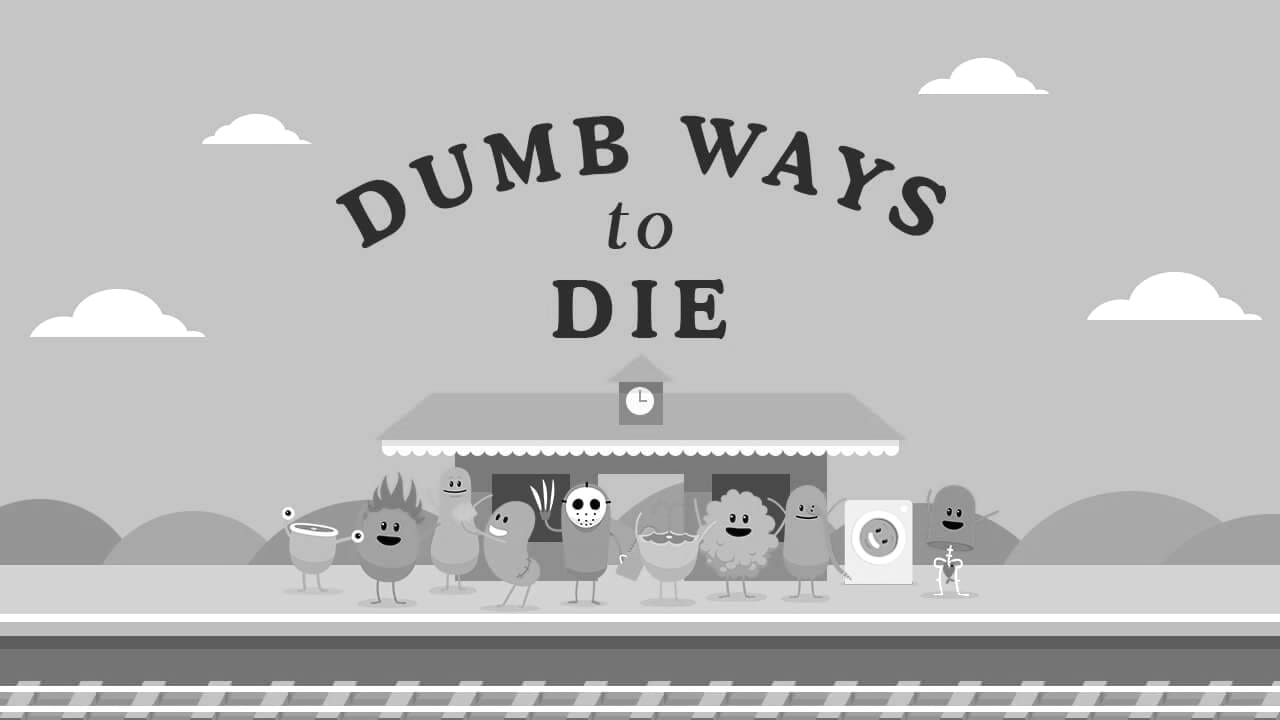Dumb Ways To Die
You have to change. Otherwise you will eventually die.

In 2012, Metro Trains in Melbourne, Australia launched a safety campaign. The campaign video (with around 300 million YouTube views today) and the song "Dumb Ways to Die" went viral.
The simple, catchy message applies equally to businesses as much it does to train commuters.
If your company doesn't innovate and change, you are failing already; perhaps slowly, but failing nonetheless.
And you will eventually die.
During the 2023 Rugby World Cup, the winners, South Africa, had no individual players in the lists of top 5 performers for points-scored, tries, runs, conversions, offloads, or clean breaks. Yet they retained their World Champion status. Why?
The most important reason, their very deep understanding of the blindingly obvious fact that Rugby is a team sport. More so than any of their opponents, they understood that rugby used to be a 15-man team sport, but that the rule-changes morphed it into a 23-man team sport. These rule-changes opened the doors for innovations such as "Bomb Squads" and "7-1" splits. The Springboks simply had a much clearer view of not only what "team-sport" really means, but also of the huge opportunities to innovate around changes within that very simple concept. In this respect, they were ahead of their competitors.
Next, they had an equally deep understanding that it is the final score (not the other types of 'stats') that matters. The legendary Springbok, Boy Louw, made that very clear, many decades ago already, by responding to criticism (of the way in which his team won) with "Looks at the scoreboard".
Understand who your customers are and what they require of you.
The Springboks' customers are, in the words of the 1995 captain, Francois Pienaar, "43 million" South Africans. And those customers (now more than 43 million) require one thing above all others: winning. Even so, both the team and its supporters avoid falling into traps such as win-at-all-costs.
Avoiding win-at-all-costs traps, the Springboks also appreciate that beauty, in any sport, is not only to be found in the perfect control over the movement of the human body. ("Attractive" rugby). Beauty is also, perhaps even more so, to be found in epic battles between two different styles and approaches. Hence the French/SA quarter final being called the best game ever. Navigating these customer-facing nuances require continuous re-consideration and innovation.
What is Rugby? Rugby (as is the case with any sport) is defined by a set of rules. Those rules (1) change often and (2) are interpreted, on-field, by match officials. These changes and their interpretations, provide the perfect opportunities for innovation. And, by jove, the Springboks innovated.
A further example was to fully supersede the usual narrow sets of after-game stats with the concept of "battle stats". Doing so elevated the importance of hard-working 'engine room' players such as Kwagga Smith - a player who's name will rarely, if ever, be seen in many of the traditional stats-lists. Deep analyses of how different match officials interpret the rules were also crucially important during a few pivotal moments.
The above applies in business environments too: continuous change and the continuous interpretations of those changes (as well as analysing the interpretations of others) really do matter. It matters existentially. Changes provide opportunities.
If your business does not keep up and move ahead, others will exploit change and you will eventually die. This is encapsulated in the statement of Peter Thiel's in his book "Zero to One":
“Unless they invest in the difficult task of creating new things, companies will fail in the future no matter how big their profits remain today.”
Who is responsible for driving this innovation? You may think that this can be done from within your organisation, but logic and experience suggest otherwise.
Consider the 'engines' of your organisation. Your processes there almost certainly prioritise efficiency above effectiveness. Your KPIs, OKRs, SLAs and SOPs, drive what happens. Best practice processes drive what happens. Executive dictates drive what happens. Personal ambitions at the senior/mid/lower levels (as opposed to executive and board-levels) drive what happens as few people are willing to risk their careers on initiatives that may fail.
The executives and the board? Even there, stumbling blocks apply: the near-immediate impacts of bonuses, share price movements, profits, revenue, periodic result presentations, and more, make it difficult to scan ahead.
In rugby, very few coaches survive appointments for 'many' years. Why? New thinking and new types of innovation are desired. In the corporate environment one can achieve such change through employing 'outsiders'. Shoprite's Checkers Sixty60 business would certainly not have been as wildly successful without its immensely consequential partners and contracted individuals.
We disagree with views such as innovation-from-within unless the necessary infrastructure is in place. Intrapreneurship, for all that it promises, is a very very hard thing to achieve, despite all of the hype around it. As discussed above, the hierarchies and performance assessment methodologies in most corporations make intrapreneurship absolutely impossible. If intrapreneurship is to be successful there must be big changes before that will be the case: changes such as creating Innovation Hubs and doing it 'properly'. For those types of changes you definitely need outside assistance.
Thiel is right. You have to change. Otherwise you will eventually die.
Joy's Law is true.
Even top-class experts such as surgeons now do.
Need a brand strategy?
Build your brand better with a strategy that gives you the growth advantage in 2024.
Get in touch to discuss
